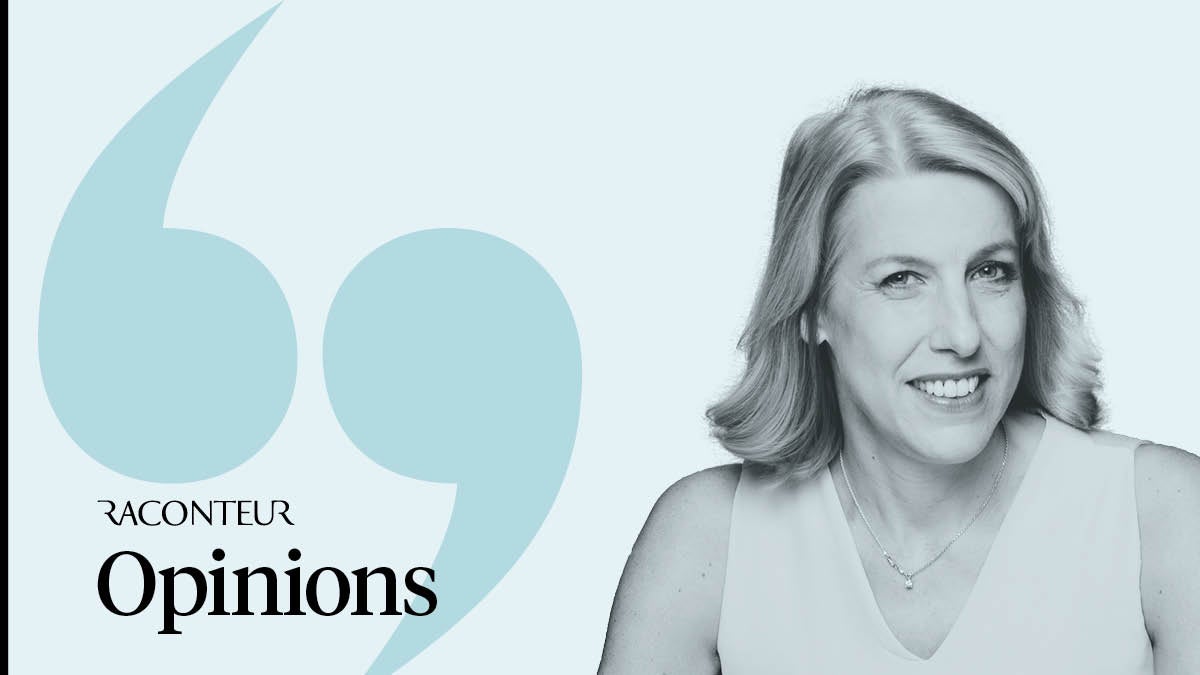
Q: What role can the retail industry play in driving diversity and inclusion?
A: Retail has long provided a unique environment where diversity and inclusion can thrive. It is a dynamic, agile and innovative industry that has always attracted a varied workforce. It is often the first step into the world of work or a perfect choice for those with parental or caring responsibilities looking for part-time work to fit around their lifestyles.
This workforce diversity is vital when it comes to responding to the needs of consumers today. Pressure is mounting to ensure that promoting equality is entrenched into business practices. It is no longer good enough to consider simply diversifying the leadership level and expecting permanent change to occur throughout the rest of the industry.
This is why we launched the Diversity and Inclusion charter, which is now supported by over 60 retailers, to make a commitment to lasting change and to improve the retail employment landscape for the better. The charter’s pledges focus on oversight, recruitment, progression, reporting, inclusivity and responsibility. They are designed to help all retailers challenge their culture and biases holistically and embed diversity and inclusion into every aspect of their business, to make our industry as vibrant, creative and innovative as it can be.
Q: Beyond recycling, what should the fashion and retail industries be doing to get on the path to net zero? And what role do sourcing and supply chain play in this goal?
A: The supply chain plays a pivotal role in the retail industry’s journey to net zero, but it all starts with improved transparency and traceability. In fashion retail specifically, the main impact of carbon emissions is at the fabric creation stage, from spinning to weaving to dyeing.
This is why a clear sourcing strategy is essential when working with supply chain actors who are trying to reduce their own carbon footprint.
The BRC is helping retailers to reduce their carbon emissions as part of our Climate Action Roadmap, charting retail’s journey to Net Zero by 2040. Over 80 leading UK retailers have already signed up, including many major fashion retailers.
Part of the Roadmap focuses specifically on sourcing sustainably and aims to help retailers reduce their supply chain emissions. Our most recent guide with IBM sets out the frameworks and strategies for how retailers can gain better visibility and improve reporting of their emissions to achieve the greatest possible reductions.
Q: The UK is in the midst of a cost-of-living crisis, with prices rising and household budgets shrinking. How easy is it for retail to pursue a sustainable agenda in a time like this?
A: The rising cost of living is one of the biggest concerns for retailers right now. The whole industry is trying to keep up with the fluctuations of the current market, while keeping costs down for consumers as they feel the squeeze.
Nonetheless, most consumers are still looking for good quality products that have been sourced responsibly – though these must still be at a reasonable price. Although it may seem so, this is not an impossible task. Retailers are looking at different initiatives to deliver the best quality at a low cost. Such actions for fashion retailers include limiting the clothing ranges or fabric consolidation to allow retailers to negotiate better prices from suppliers without passing the costs back down to consumers.

Q: What role can the retail industry play in driving diversity and inclusion?
A: Retail has long provided a unique environment where diversity and inclusion can thrive. It is a dynamic, agile and innovative industry that has always attracted a varied workforce. It is often the first step into the world of work or a perfect choice for those with parental or caring responsibilities looking for part-time work to fit around their lifestyles.
This workforce diversity is vital when it comes to responding to the needs of consumers today. Pressure is mounting to ensure that promoting equality is entrenched into business practices. It is no longer good enough to consider simply diversifying the leadership level and expecting permanent change to occur throughout the rest of the industry.
